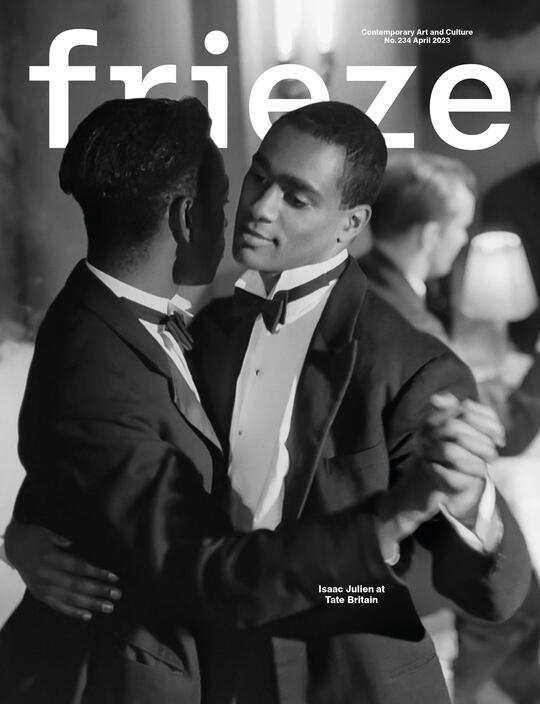Robert Zhao Renhui Challenges the Boundaries Between Art and Science
With Remember A River, the artist reveals the complexity of wetlands amid urban settings at Gwangju Bienniale
With Remember A River, the artist reveals the complexity of wetlands amid urban settings at Gwangju Bienniale

In response to Joseph Beuys’s famous 1973 dictum, ‘Every human being is an artist’, Robert Zhao Renhui would probably say, ‘Every human being is a scientist.’ Working predominantly with photography, the Singaporean artist replicates the experimentation at the core of scientific inquiry, challenging the ambiguous boundaries between art and science to toy with the viewer’s perceptions of reality and fantasy.
In A Guide to the Flora and Fauna of the World (2013), for instance, Zhao photographed a prize-winning red head goldfish on a pink tabletop, alongside a remote-controlled cockroach, a square apple and the world’s smallest man-made frog. Taking the form of an anthropological survey or catalogue, the project features images of 55 plants, animals and landscapes, some man-made or altered by humans, some wholly fanciful. Published under the fictional moniker of the Institute of Critical Zoologists, the catalogue presents an overview of the creatures and plants of the natural world in the form of animal replicas, photographs and documents.

Zhao has also explored his homeland’s contentious historical relationship to animals, insects and pests by unpacking modern myths relating to British colonial encounters with the island, the discovery of rare pearls growing in coconuts on Singaporean plantations in the 1890s, and the unearthing of lightning-fused sandy rocks, or fulgurites, in local reclaimed land. For the 9th Asia-Pacific Triennial of Contemporary Art, the artist collected more than 300 objects and artefacts to create the large-scale multimedia installation The Bizarre Honour (2017) – a Wunderkammer, or cabinet of curiosities.
In the series ‘Christmas Island, Naturally’ (2016), Zhao studied a landmass that was once part of Singapore and is home to fauna, flora and wildlife at great risk of extinction. Christmas Island, Naturally II (2016), for instance, shows the island’s iconic red crabs making their way to the ocean to lay their eggs. Signs about the crabs, which are native to the island, can be seen next to roads, warning drivers about their need to cross to reach the water to reproduce.

The Lines We Draw (2019–21), an installation Zhao presented at ShanghART Singapore in 2019 and at the 2021 Chengdu Biennale, continues the artist’s enquiry into conservation and the natural world by documenting the migration sites of birds – including the godwit and the critically endangered great knot – in the wetlands around the Yalu River, which divides China from North Korea. While for the 2021 Busan Biennale, the artist studied a Paulownia tree growing in an abandoned house over the course of a year using time-lapse cameras (Evidence of Things Not Seen II, 2020).
For the 2023 Gwangju Biennale, Zhao told me that a new body of work, Trying to Remember A River (2022), is an exploration of ‘a forgotten river in Singapore’s Gillman Barracks which was covered up 100 years ago. Captured by motion-sensor cameras, the river’s inhabitants are revealed to be a unique community of individuals that includes a black-crowned night heron, a migrant visitor that comes every December to hunt for catfish. The hidden and teeming ecologies of the river, just a short distance away from the concrete jungle nearby, speak of the complexity and resilience of natural spaces amid urban surroundings.’

Zhao is motivated by awe and curiosity at the scope of the known universe. For the artist, an interest in science is inseparable from his idea of storytelling. His fascination with ecology, nature and conservation brings a humanistic perspective to his body of work, with projects such as Trying to Remember a River illustrating Zhao’s desire to continue to invest in ‘the entanglements and interwoven quality of all life’ and projects that ‘allow realities to unfold over time’.
Main image: Robert Zhao Renhui, The Lines We Draw I (From New Zealand), 2019, light jet lightbox, 1.5 × 1 m. Courtesy: ShanghART Gallery






















